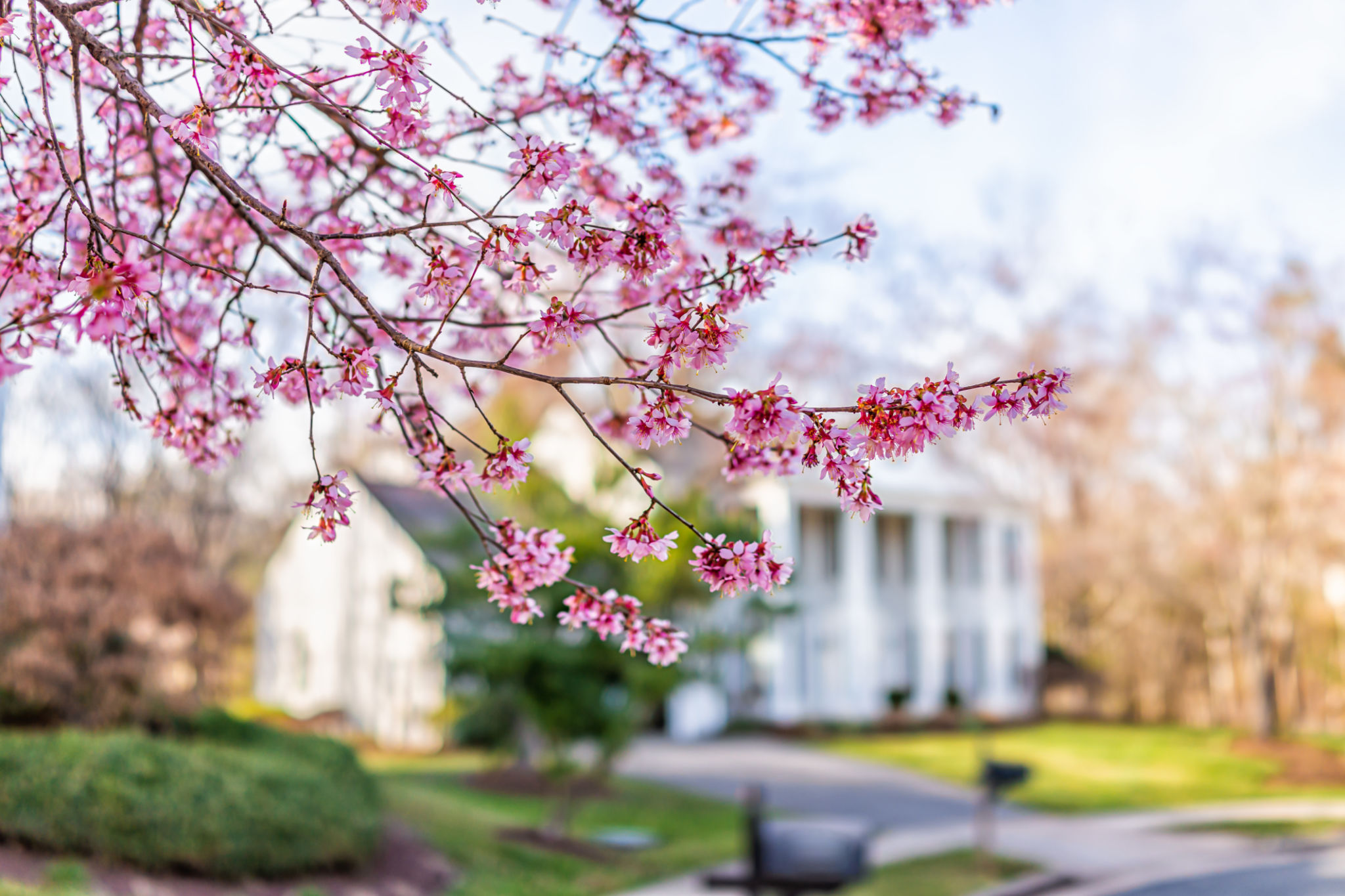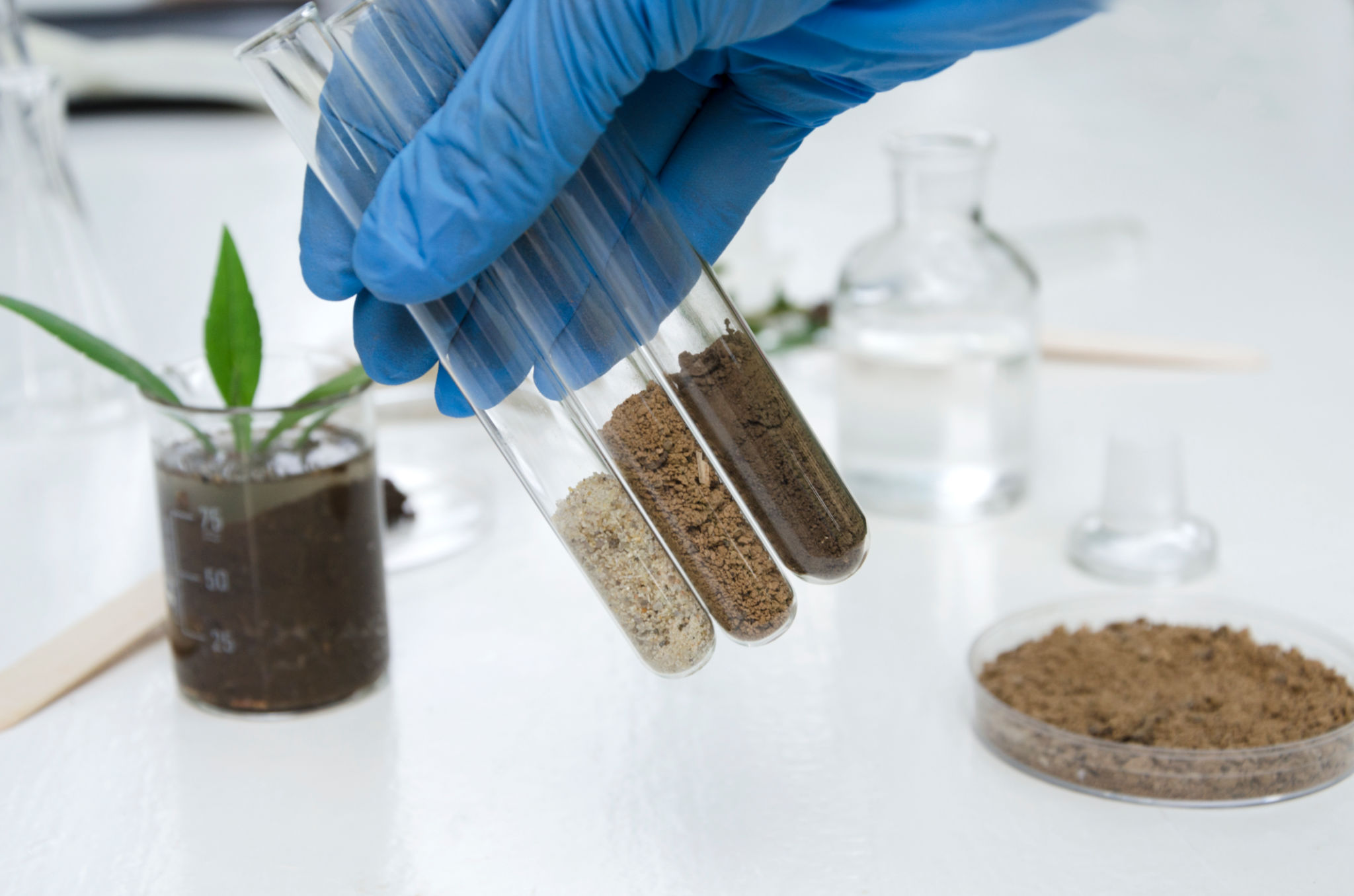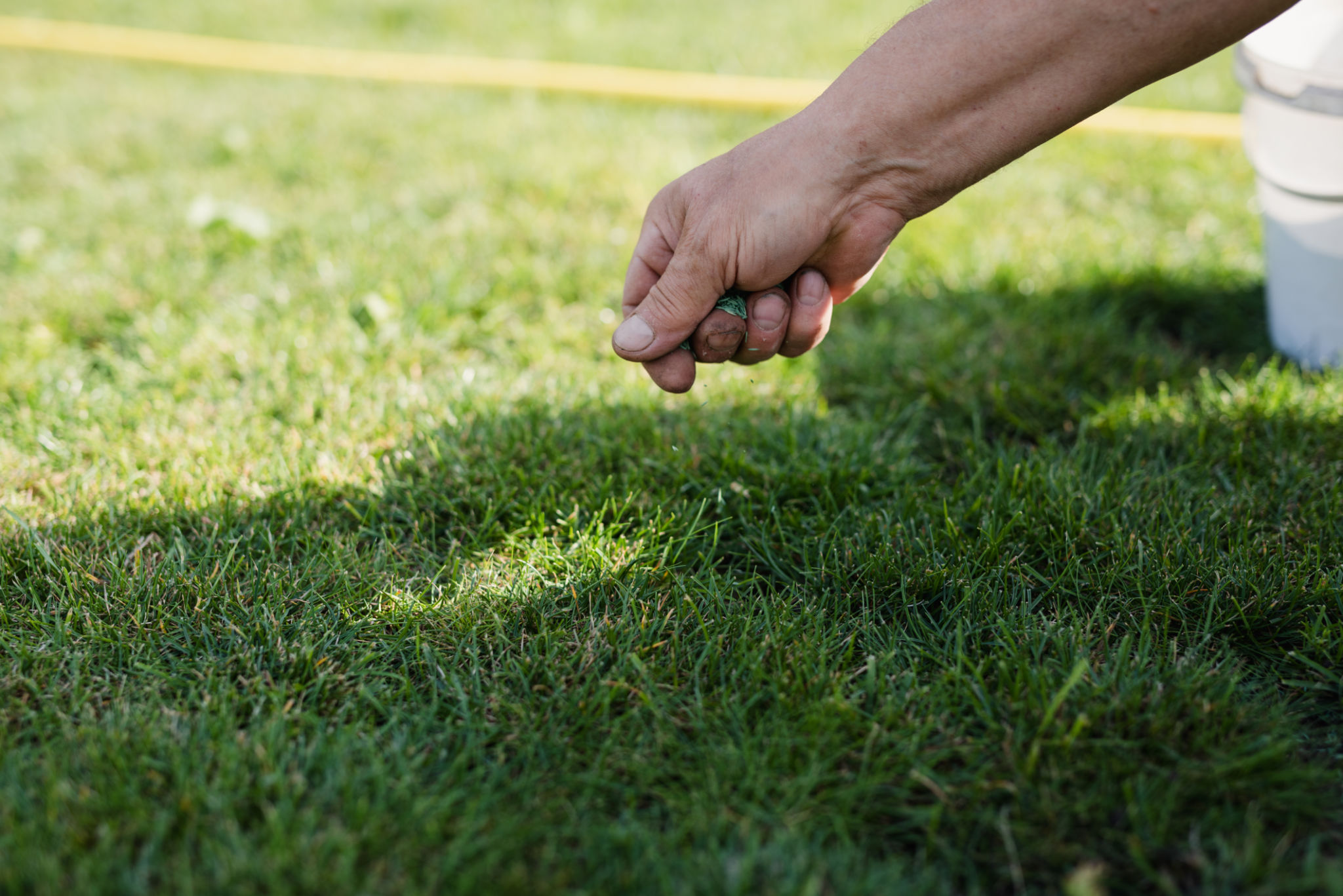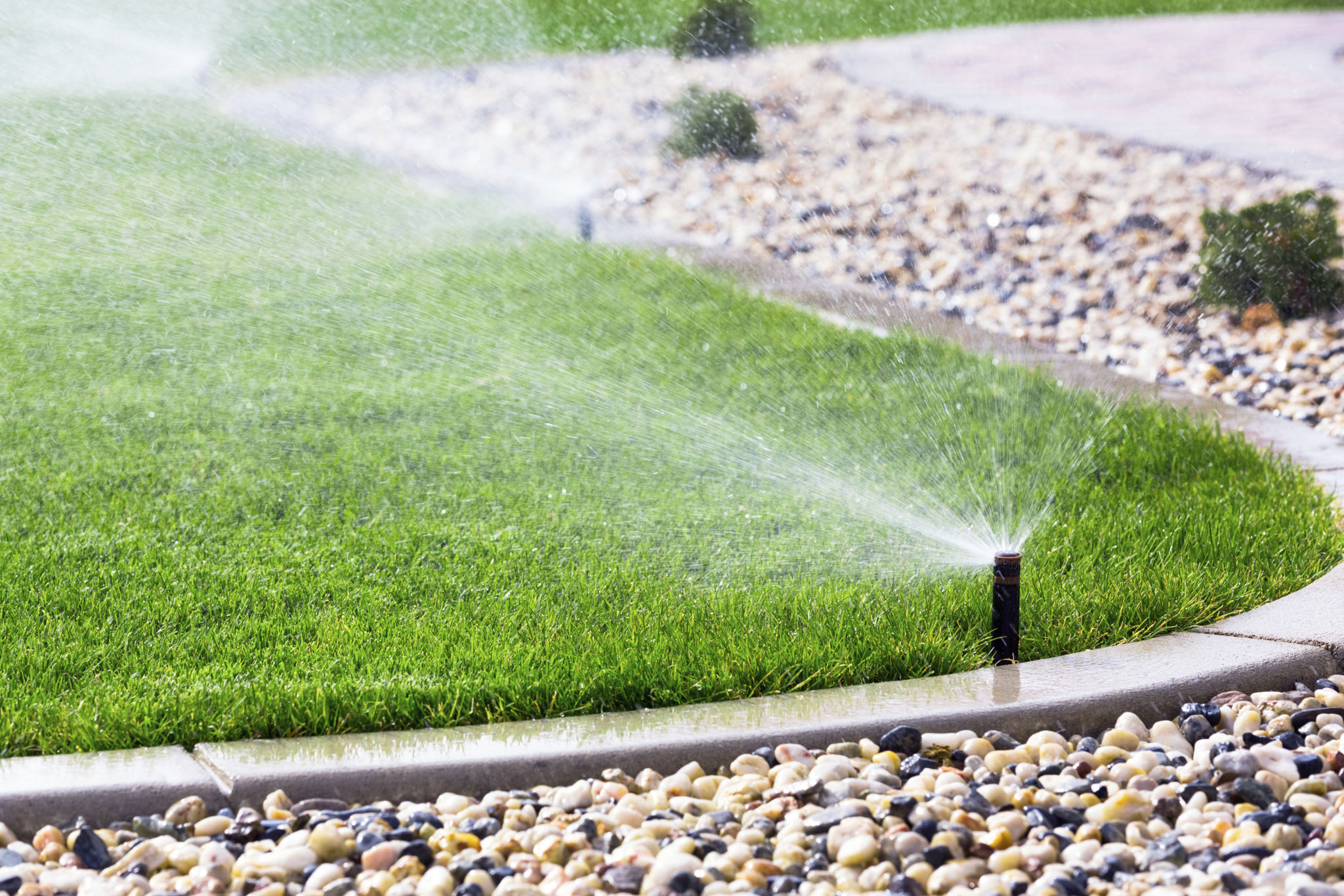Seasonal Lawn Care: Preparing Your Virginia Lawn for Spring
Understanding Virginia's Unique Climate
Virginia's climate is characterized by its diverse weather patterns, which significantly influence lawn care practices. The state experiences hot, humid summers and mild to cool winters, with variations depending on the region. This blend of conditions makes it essential for homeowners to tailor their lawn care strategies to ensure healthy, vibrant grass come springtime.
As winter fades, preparing your lawn for the warmer months requires a strategic approach. By understanding Virginia's unique climate and soil conditions, you can implement effective lawn care techniques that will support growth and prevent common issues such as weed infestations and diseases.

Cleaning and Raking Your Lawn
The first step in preparing your lawn is thorough cleaning and raking. Over the winter, lawns tend to accumulate debris such as fallen leaves, twigs, and dead grass. These elements can suffocate your lawn, blocking sunlight and trapping moisture, which can lead to fungal diseases.
Start by removing any large debris and then use a rake to gently remove thatch—a layer of dead grass and roots that can build up at the base of your turf. This process will improve air circulation and promote healthier growth as temperatures rise.
Testing and Amending Soil
Soil health is crucial for a flourishing lawn. Before applying any fertilizers or amendments, it's advisable to conduct a soil test. This will provide insights into the pH level and nutrient content of your soil, allowing you to make informed decisions about the types of fertilizers or lime needed to balance the soil's acidity.
If your soil test reveals deficiencies, consider adding organic matter such as compost to enrich the soil. This will enhance the soil structure, improve drainage, and increase nutrient availability, setting the stage for robust grass growth.

Aerating Your Lawn
Aeration is a vital process that involves perforating the soil with small holes to allow water, air, and nutrients to penetrate deep into the root zone. This practice is particularly beneficial in Virginia, where compacted clay soils are common. Aeration helps alleviate soil compaction, encourages root development, and enhances overall lawn health.
The best time to aerate your lawn is during the early spring when the grass is actively growing. You can choose between core aerators or spike aerators, both of which are effective in improving soil aeration.
Overseeding for a Lush Lawn
Overseeding involves spreading grass seed over an existing lawn to thicken it and fill in bare spots. This practice is especially useful in Virginia's transitional climate, where cool-season grasses may thin out during hot summers.

Select a high-quality seed mix suited for Virginia's climate and spread it evenly across your lawn after aerating. Be sure to keep the newly seeded areas moist until the grass establishes itself. This will result in a denser, more resilient lawn that can withstand seasonal challenges.
Fertilizing for Optimal Growth
Fertilizing your lawn provides essential nutrients needed for robust growth. In Virginia, it's best to apply a balanced fertilizer in early spring to kickstart the growing season. Look for products with a mix of nitrogen, phosphorus, and potassium to promote green growth, root development, and overall vitality.
Follow the manufacturer's instructions carefully to avoid over-fertilization, which can harm your lawn and contribute to environmental pollution. Regular fertilization will ensure your lawn remains lush and healthy throughout the spring and summer months.
Watering Wisely
Proper watering is critical for maintaining a healthy lawn in Virginia's variable climate. As temperatures rise in spring, gradually increase your watering schedule to provide adequate moisture without oversaturating the soil. It's best to water deeply and infrequently, encouraging roots to grow deeper into the soil.

Early morning is the ideal time to water your lawn, as it reduces evaporation and allows grass blades to dry before evening. This practice helps prevent diseases that thrive in damp conditions.
Maintaining Your Lawn Equipment
Finally, don't forget about your lawn equipment. Ensure that your mower blades are sharp and that all equipment is in good working order before the mowing season begins. Sharp blades make cleaner cuts, reducing stress on your grass and promoting healthier growth.
By taking these preparatory steps, you'll set the foundation for a lush, green lawn that thrives through Virginia's spring season. With consistent care and attention, your lawn will not only enhance your home's curb appeal but also provide a welcoming outdoor space for relaxation and enjoyment.